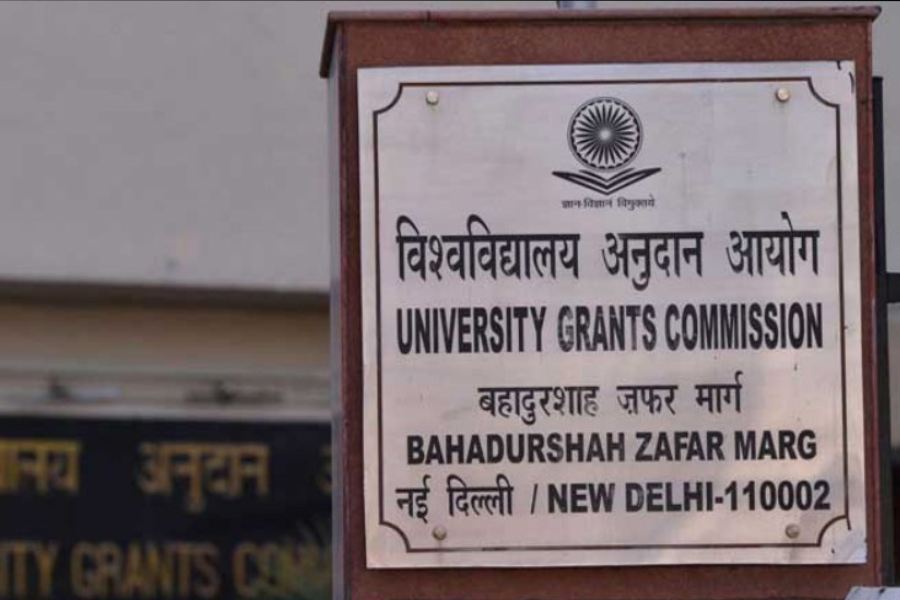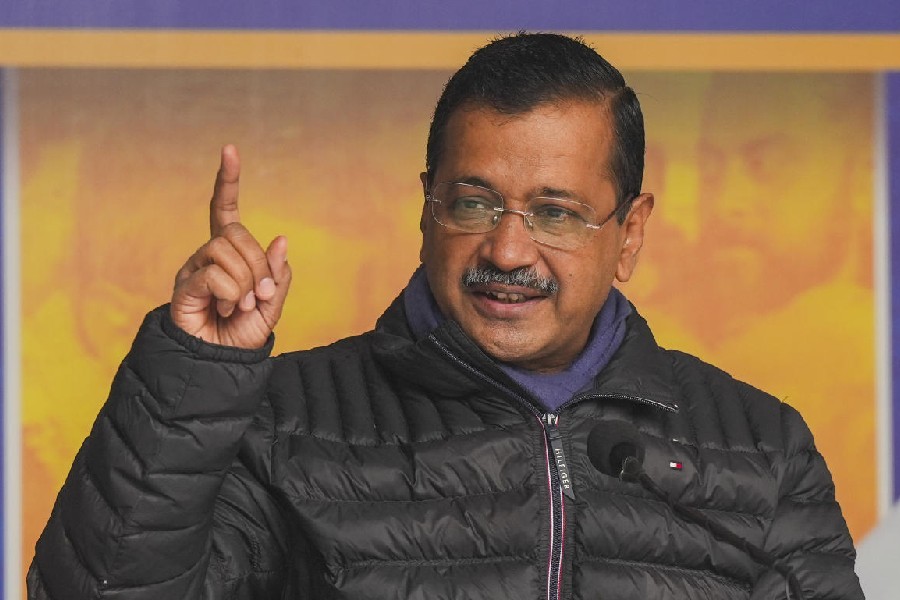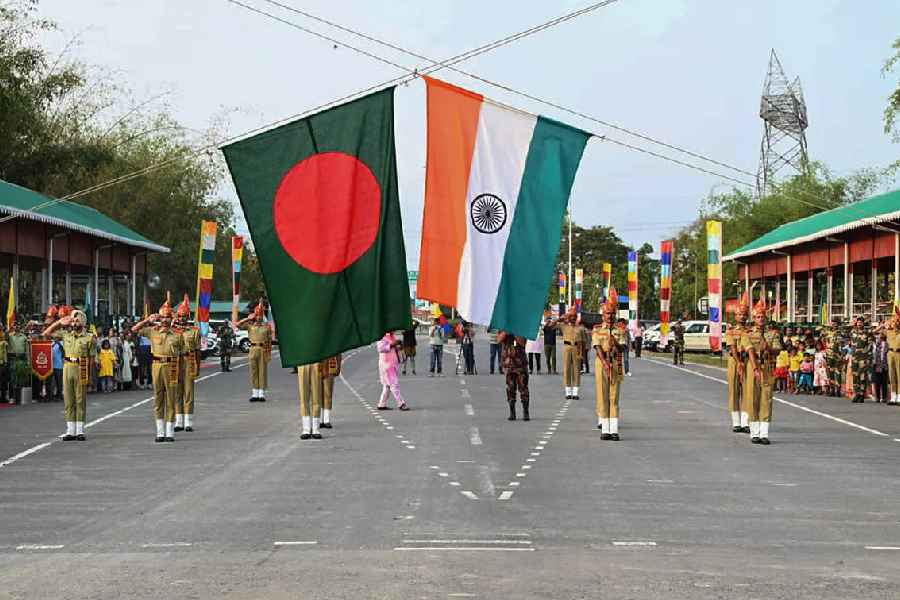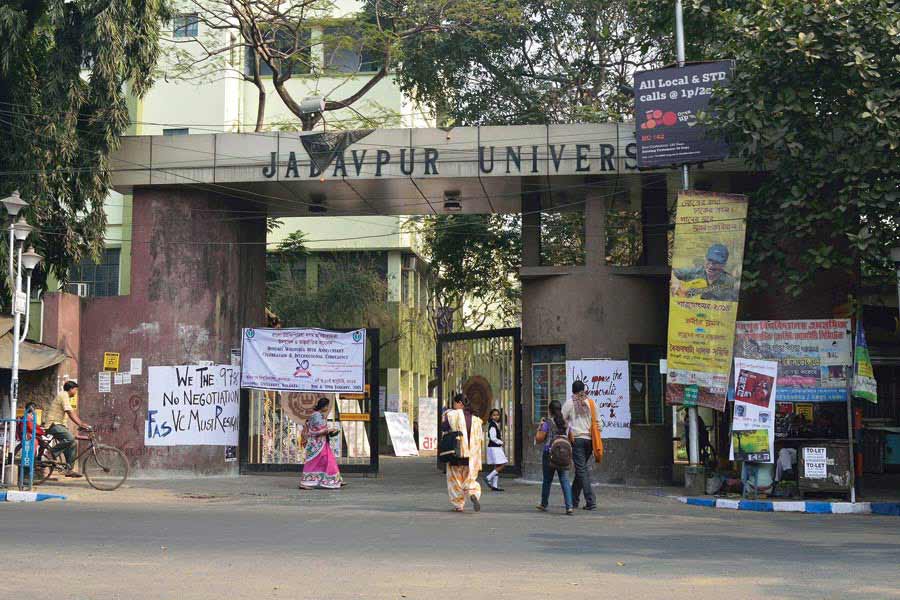The answers to certain questions can be disturbing. It has to be asked why the Supreme Court should be needed to examine details of caste discrimination and resultant suicides in higher education institutions. The Supreme Court was sitting on a 2019 public interest petition jointly submitted by the mothers of a PhD student and a resident doctor who had committed suicide on their respective campuses allegedly because of caste harassment. The court asked the University Grants Commission to provide the data on complaints of caste discrimination from all universities and deemed universities. The UGC was also asked to table the number of equal opportunity cells it had mandated in its 2012 regulations. It seems that the number is small, at least in the case of the Indian Institutes of Technology where a large number of student suicides, many allegedly for caste discrimination, have taken place. Where there are cells, they are mostly managed by upper-caste persons; this puts off students from marginalised communities from discussing their problems. Astonishingly, some suicides are undocumented, and the data on suicides have yet to be analysed for caste; this makes the number of caste-based suicides uncertain. The number of drop-outs, however, shows a striking predominance of scheduled caste, scheduled tribe and other backward classes students.
The Supreme Court asked the Centre and the National Assessment and Accreditation Council to file counter-affidavits indicating the steps taken to address caste discrimination on campuses. This is not the first time that the Supreme Court is dealing with the issue. In 2023 it had asked the UGC to think of ‘out-of-the-box’ solutions to the problem. Neither the Supreme Court’s directions nor the UGC’s regulations have changed matters. It is both alarming and shocking that not just students but teachers too are reported to be hostile to students from marginalised groups. This explains why a campus issue has not remained confined there but has spilled over to the Supreme Court. If HEI managements and teachers had been sincere in their efforts to end caste discrimination, bereaved mothers would not have had to go to the court for justice. Suicides and dropouts over the years indicate institutionalised indifference, even cruelty, towards hopeful young people who have beaten inherited odds to reach HEIs and IITs. It is this deep-rooted and destructive prejudice that must change.











